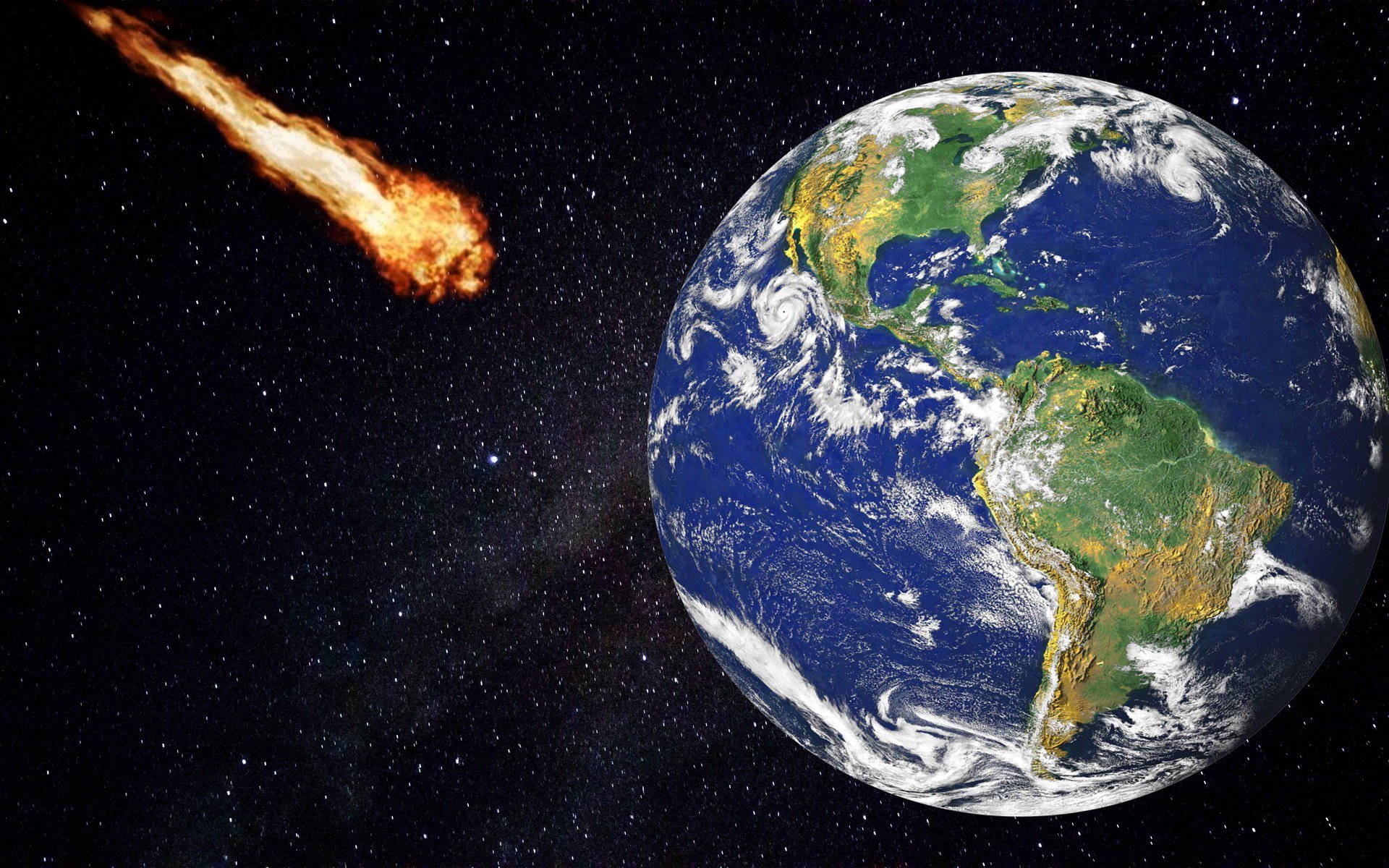Iron spheres from an interstellar meteorite that fell to Earth in 2014 may have been found on the ocean floor north of Papua New Guinea. Other scientists are skeptical.
Based on the recorded velocity of the meteorite, the physicists postulated Avi Loeb and Amir Siraj from Harvard University in 2019 determined that it may have been interstellar. According to them, the meteorite was moving fast enough to conclude that it had burst into our solar system from interstellar space. The data they used came from classified US government sensors, so there wasn’t enough public information to back up their claim. The government confirmed the high speed in a statement. They named the object Interstellar Meteor 1, or IM1, although many astronomers still aren’t convinced it was truly interstellar.
Using the scant data released by the government, Loeb and Siraj traced the area where it exploded in the atmosphere. Loeb and his colleagues then set off on a privately funded trip. They pulled a magnetic sled across the seabed below the blast area to pick up bits of iron. In addition, they also used a sieve similar to the one used to search for gold. In total, they found forty fragments that they believe came from IM1.
READ ALSO
Are there any risks when communicating with aliens?
If intelligent extraterrestrial life exists, is it a good idea to come into contact with it?
iron balls
The shards are small spheres of iron, each less than a millimeter in diameter. This finding is not surprising in itself. “Micrometeorites should be found everywhere on the seabed, because they are constantly accumulating there. So if you’re diligent enough, you’re bound to find something,” says the astronomer. Alan Fitzsimmons from Queen’s University Belfast in the United Kingdom, who was not involved in the search.
However, Loeb says they found these spheres only in the area where the explosion is believed to have occurred, and not at the other sites they visited as a control. He also claims that in an analysis they found that the spheres had strange chemical compositions.
“The composition of the spheres was unlike anything previously found on Earth. I won’t go into details until we do the full analysis on the ground, but we are finding compositional patterns that are different from what has been reported in the past,” he says. “There are elements in abundance that are extremely rare and other elements are not present absolutely”.
missing nickel
One element that appears to be missing is nickel, while iron meteorites typically contain 5 to 10 percent nickel. This may be unusual, but it is not enough to convince some astronomers that the spheres are of interstellar origin. “They suggest that these globules are not like others, but we still don’t know for sure. In fact, nickel content is widespread in other meteorite debris, especially in the ocean,” says the astronomer. David Jewitt from the University of California at Los Angeles.
Loeb and his colleagues plan to carry out a more detailed analysis of the spheres once they return from their expedition. If it turns out that these little balls have a very different composition from meteorites in our solar system, or that they are much older than our solar system, it could be conclusive proof that IM1 is truly interstellar. That would mean that these are the first fragments of an interstellar rock ever recovered.

“Friendly travel trailblazer. Certified gamer. Evil bacon practitioner. Analyst. Problem solver.”







